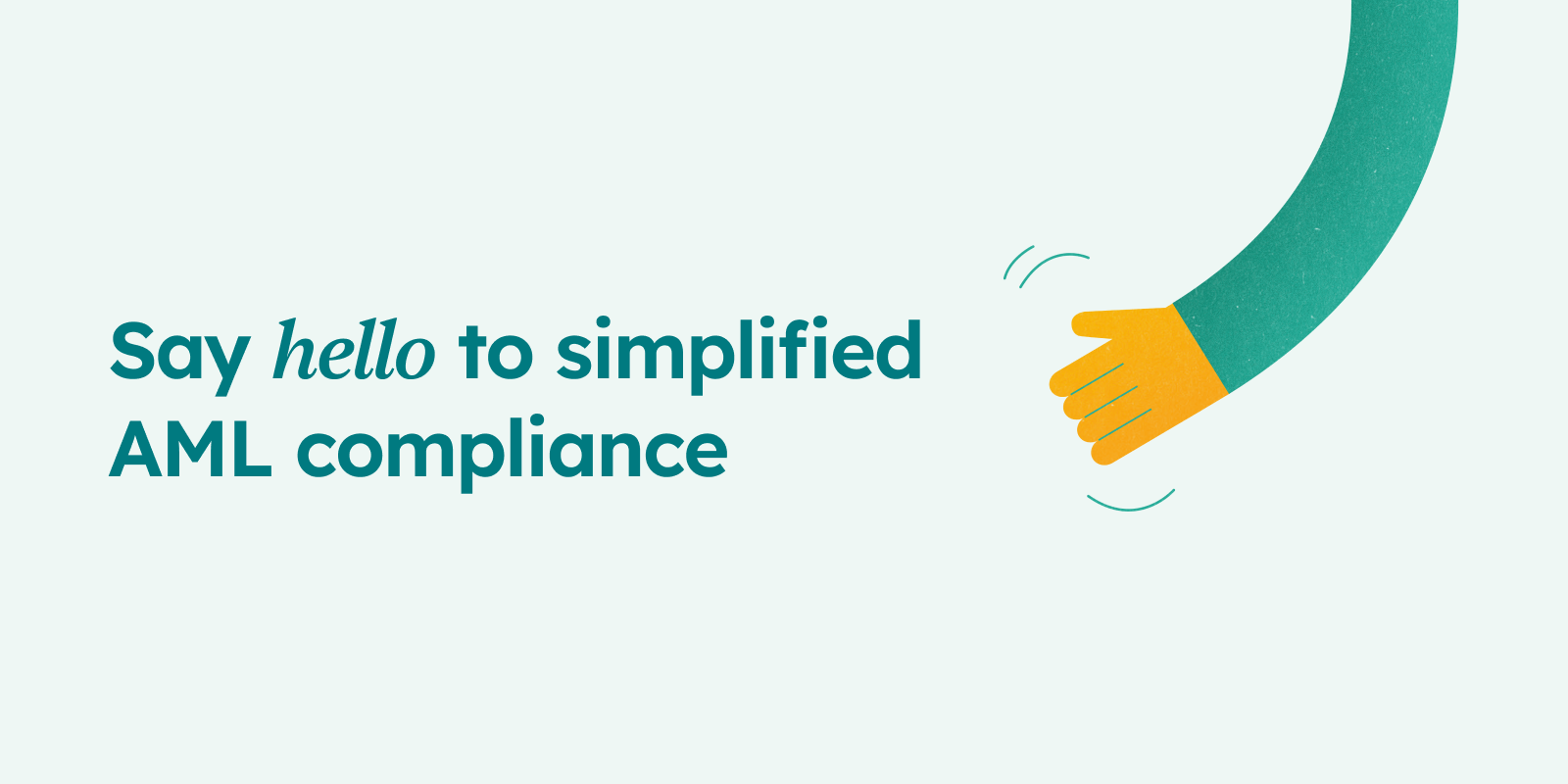1 min read
Creditro takes over KYC from Penneo
As part of Visma’s ambition to build world-class digital solutions, a strategic decision has been made to sharpen the focus of its portfolio...

There are many factors to consider when combating money laundering and financial crime. Effective processes ensure both compliance with legislation and the integrity of your business. Identifying key red flags and subsequently acting upon them is something you should focus on, in order to prevent illegal activities. Here, we outline some of the most significant red flags.
Unexplained or complex transactions and patterns
Money launderers often attempt to conceal the origins of illegal funds by using complex transactional patterns. This includes activities such as numerous deposits and withdrawals, often between different accounts or geographic areas, which do not make sense in relation to the business's normal activities.
If you spot such a pattern, it should be identified as suspicious activity, and the transactions should be further investigated to ensure compliance with the law.
Use of shell companies or offshore entities
Shell companies and offshore entities make it difficult to identify the true owners of funds, a classic tactic used by money launderers. They often use such companies with low regulation to hide ownership and funds.
A red flag in this context could be transactions involving entities without real business activity, multiple layers of company ownership, or nominee shareholders. You need to be extra cautious if you spot such activities and ensure thorough due diligence is performed.
Unusually high or low amounts
Transactions that are significantly higher or lower than what is normal for the business or the type of business can be a red flag. This includes transactions that just fall below reporting thresholds, as money launderers may try to avoid reporting by keeping transactions under certain limits or conducting a series of smaller transactions.
If you observe patterns involving either very high or very low amounts, you should be extra vigilant and identify it as suspicious behaviour.
Frequent changes in ownership structure or management
Money launderers may alter the ownership structure or management to confuse and hide their tracks. Sudden or frequent changes in a company's ownership structure or management can therefore be a red flag, especially if there is no obvious business reason for the changes.
By monitoring and analysing such changes, you can detect attempts to conceal the real owner or management structure of the business.
Lack of documentation or insufficient information
Legitimate clients typically have no problem providing necessary documentation, so a lack of documentation can indicate attempts to conceal illegal activities.
If you experience that a customer or business partner is unwilling or unable to provide sufficient documentation, or if the provided documentation appears fake or incomplete, this is a major red flag that you should respond to. Always insist on full transparency and ensure the information you receive is validated.
Ensure proper KYC procedures
By ensuring a comprehensive and thorough KYC procedures, you can better spot red flags and mitigate the risks associated with suspicious customers. This is not only a regulatory requirement but also a crucial part of your company's risk management and essential for preventing money laundering and financial crime.
You can benefit from automating and thus streamlining your efforts, making it much easier to gain insights into your customer relationships and detect and report suspicious behaviour in a timely manner. KYC tools will automatically react to the aforementioned red flags, as well as many other parameters that indicate patterns of suspicious behaviour. This way, you don't have to think about the red flags, as they will be flagged for you!

1 min read
As part of Visma’s ambition to build world-class digital solutions, a strategic decision has been made to sharpen the focus of its portfolio...

3 min read
When you are subject to AML regulations, there are several tasks you need to complete annually. An annual compliance plan can help you stay on top of...

3 min read
AML compliance can be a hassle, but we don’t think it has to be that way. That’s why we’re proud to finally introduce our new brand, which reflects...